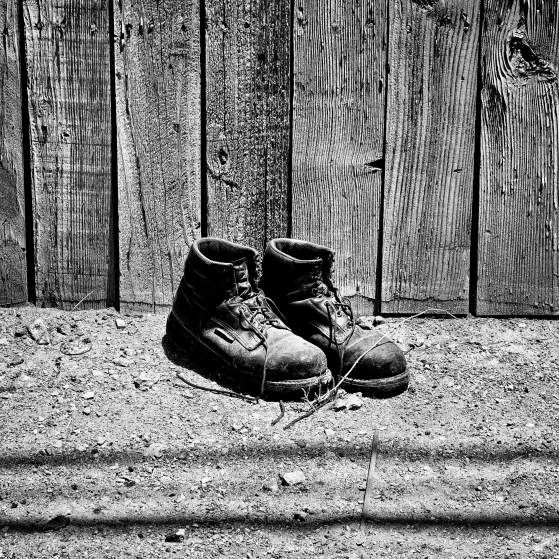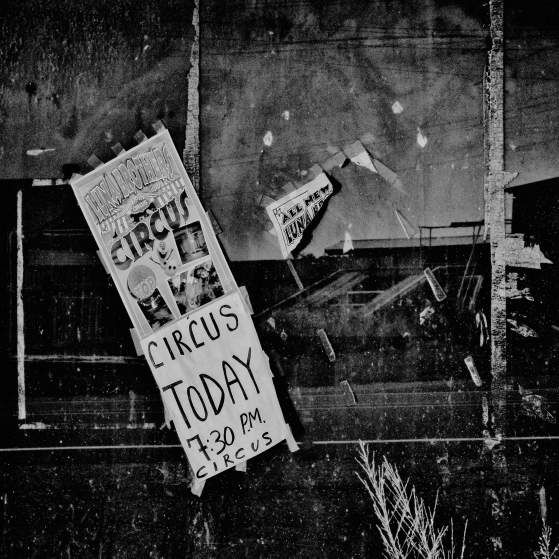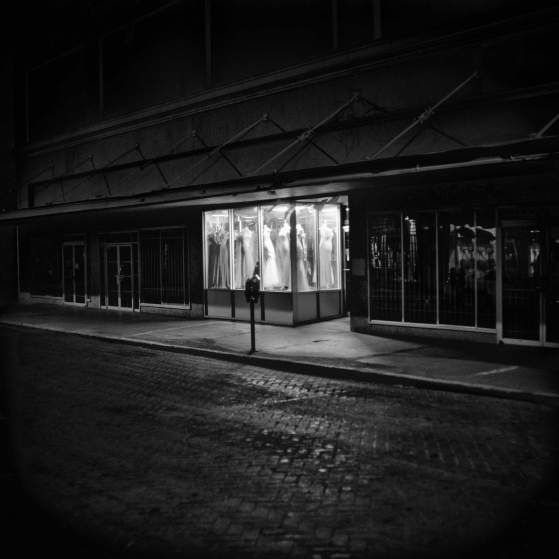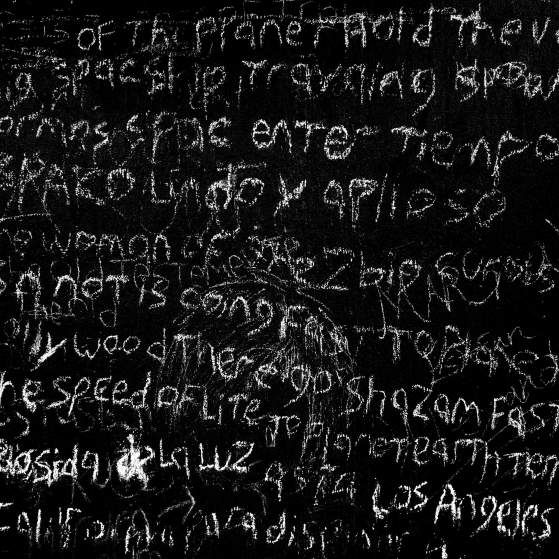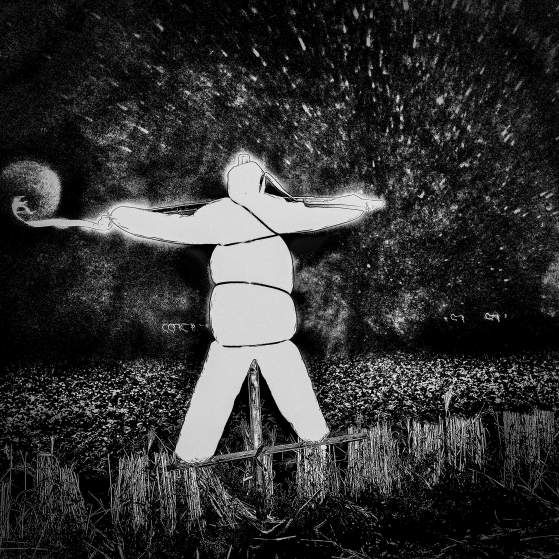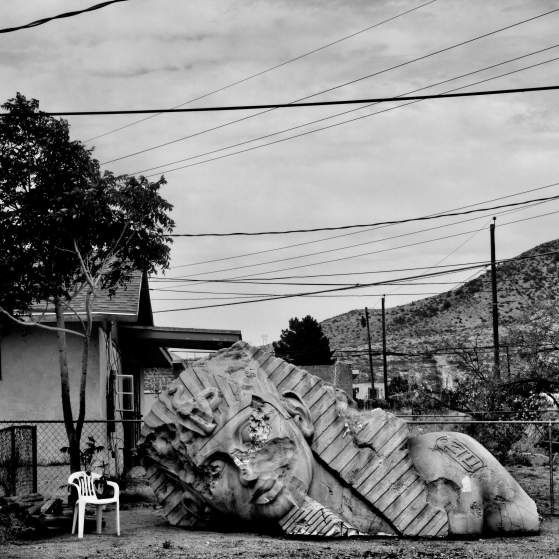For more than 20 years, photographer Matt Black has been exploring issues of poverty, migration and farming in California’s Central Valley, painting a picture of extreme economic hardship in one of the country’s richest states.
Last year, he took to Instagram for his latest project, Geography of Poverty, using the social app’s mapping feature to pinpoint California’s poorest communities. His goal was “to get people that are on Instagram to picture themselves in these places,” he said in December after being named TIME’s Instagram Photographer of the Year.
Now, after spending two decades concentrating on California’s Central Valley, Black is expanding his project to the rest of the country.
“Occasionally, with my work in the Central Valley, I get the feeling that people can dismiss it by saying that it’s happening in some weird place in the middle of nowhere in California; that it’s an outlier,” he tells TIME. “But I know very well that the Central Valley is not an outlier. You can find similar communities and similar circumstances throughout the country.”
This knowledge forms the basis of the second chapter of Geography of Poverty, one that is taking the 44-year-old photographer all over the country, from California to Oregon, Louisiana, Tennessee and New York, among many other states.
Published by MSNBC, Black’s extended Geography of Poverty project is composed of two elements — the photographer’s road trip across America, plus four extended reports, written by Pulitzer Prize winner Trymaine Lee, that provide more context to the issue of poverty and economic hardship in four regions of the country. “You get the scope and breadth of the story through Matt’s road trip, but you also get a deeper dive from Trymaine,” says Amy Pereira, MSNBC’s director of photography.
For Black, the goal was to use the road as a storytelling mechanism. “Every stop along the way has a level of poverty above 20%,” he says. “I wanted to find a continuous route that linked all of these towns, which are no more than a couple of hundred miles from each other. And the fact that you can link all of these communities from coast to coast and back again is telling.”
As Black travels across America, he shows the people and communities he’s photographing a map where he’s marked all of his stops. “A lot of people have been blown away by it,” he says, as they’ve realized that “it’s not so much about the individual circumstances as it is about the collective whole.”
“What really dawned on me is how connected these places are,” he adds. “I’ve driven all the way across the country, but in a lot of ways I feel I still haven’t left the Central Valley. It feels like one place. Uniting them in this kind of visual document is challenging but immensely satisfying because it feels like I’m making a statement that needs to be made.”
The overall project, while not unprecedented in scope, has necessitated the heavy involvement of teams of developers and designers at MSNBC, says Pereira, as the entire hosting platform had to be coded from the ground up, especially when it came to linking Black’s Instagram posts to MSNBC’s mapping feature.
The photographer also had to seek additional financing from external organizations such as the Magnum Foundation, the Pulitzer Center — a foundation that usually funds non-domestic projects — and the Economic Hardship Reporting Project. “I think it’s heartening for photographers to know that it’s possible,” says Black. “You [can] put something together like this and get the resources to do it.”
For Pereira, Black’s personality and personal experience are part of the project’s overall success. “Matt has a sensitive and keen eye,” she says. “His humanity is so inherent that you can’t help but feel it in his images. He’s devoted his life work to telling a story of people who are very marginalized by their social-economic situation. He’s spent his whole life around these communities. He understands this on an intimate level. There are more than 45 million people living in poverty in the U.S. and people don’t want to see it. They’re busy with their own struggles and their own lives. Matt is showing people in a sensitive way.”

